Oppenheimer Has Gone Viral, But Its Effect on Menswear Is Underrated
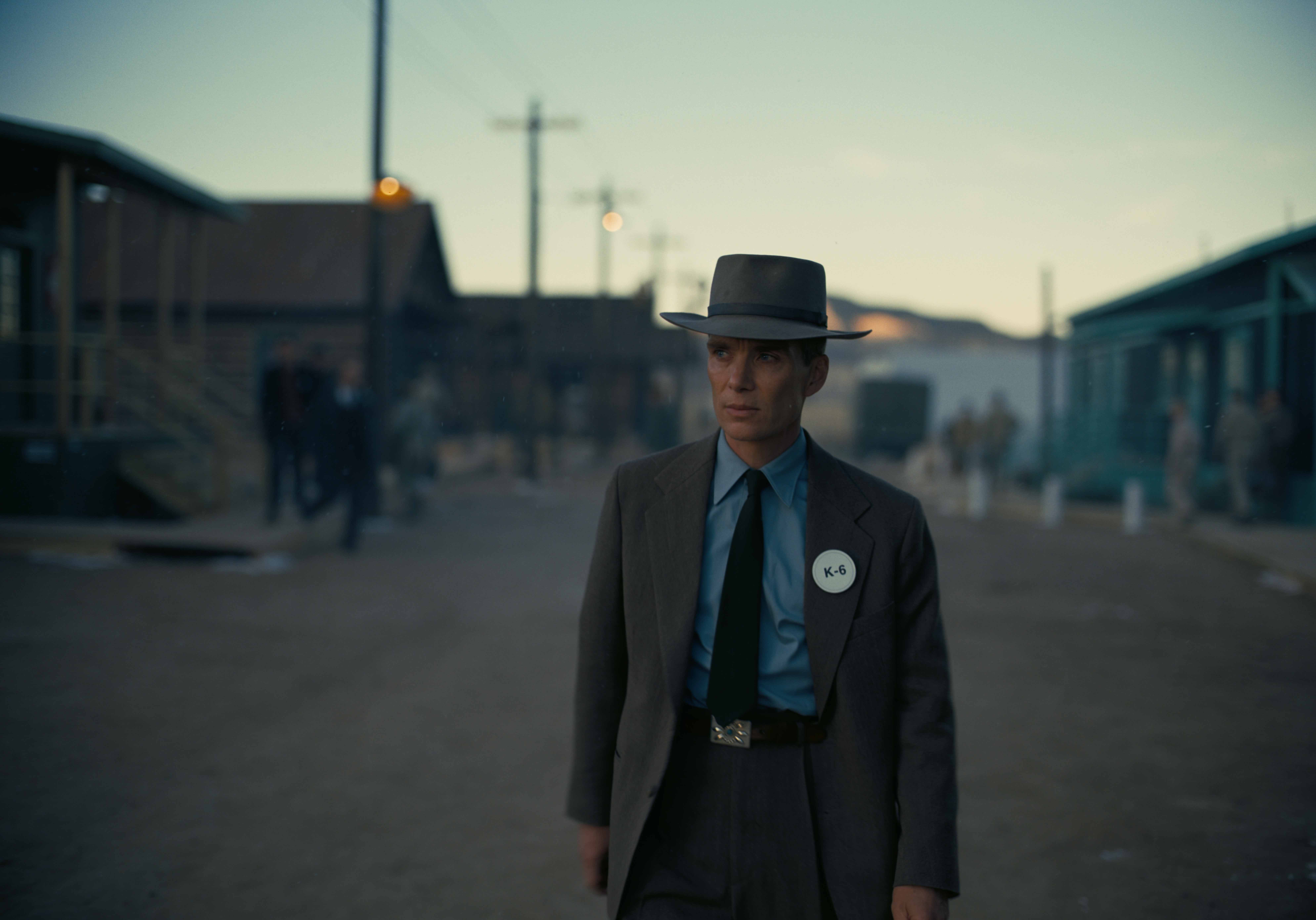
This story was written during the 2023 WGA and SAG-AFTRA strikes. Without the immense work of the writers and actors currently on strike, there would be no film to discuss.
Greta Gerwig's Barbie and Christopher Nolan's Oppenheimer have been the pinnacle of current media conversation. Both films took up my weekend plans, and the question I'm still getting is which one of the "double feature" I chose first. Even Cillian Murphy said in an interview with IGN, "You can spend the whole day in the cinema—what's better than that?" While Barbie has been making the rounds among fashion enthusiasts (all those Chanel looks!), I think Oppenheimer makes a case for a deeper look at menswear. Although I did make the decision to watch Barbie first, it was Murphy's portrayal and image of physicist Robert Oppenheimer that occupied my mind, even days later. On the actor's smaller frame, I couldn't help but notice the volume and fit of the clothing that felt on theme with today's trends. The jacket looks slightly oversize, the hat seems to be big, and the pants appear to be at a higher waist. The film's costume designer, Ellen Mirojnick, is quick to point out that this is how these items fit in proportion to his frame, rather than the actual design intention.
On the internet, the Oppenheimer aesthetic has been equated to an all-black or gothic look, but after watching the film, the story the costumes actually tell is quite different. The focus is deeper than just a color palette. It's more about the silhouette of a very complex man who is about to change the world and unknowingly face consequences for it. To understand Oppenheimer's distinct look, there is one particular scene that evokes a powerful image. In Los Alamos, he puts on his hat and picks up his pipe. The camera focuses on each movement, and his silhouette is vivid. "It's as if that man is about to become mythic. He's 100% empowered, and he is the fullness of Robert Oppenheimer as he builds his town and becomes a man that changes the world," explains Mirojnick of the scene.
Below, I spoke with Mirojnick about the process and challenges of creating the looks for such a visceral storyline. You'll hear from her about how a suit is never just a suit, how Oppenheimer's style rarely changed, and the conversations she had with Nolan during the process. Scroll down to read my full interview.
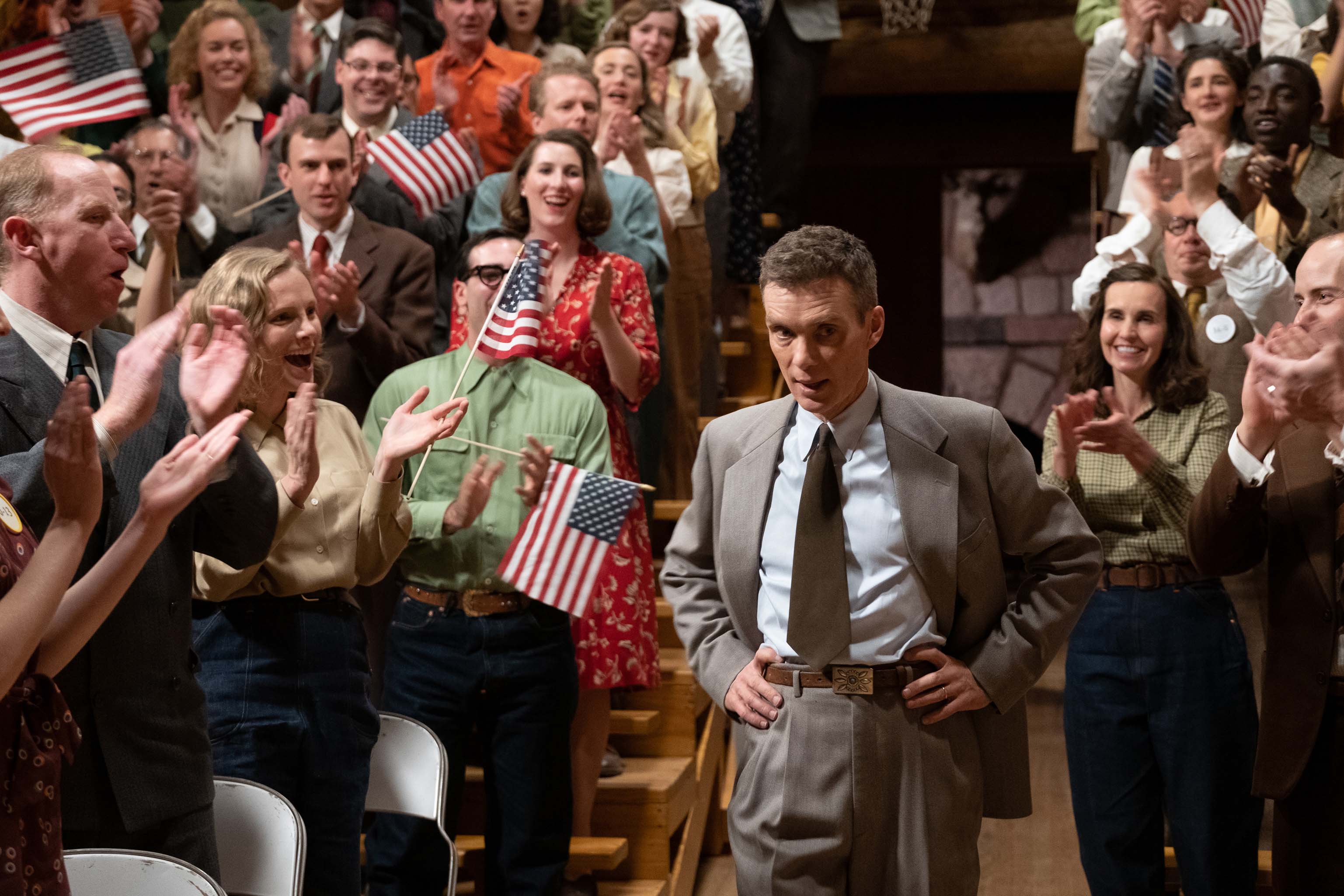
You've been in the industry for quite some time, working on both period and contemporary pieces. What is your design process for creating costumes for a period piece like this, if different from contemporary at all?
The creative process is never different. You can't separate it. I would never know how to approach something and say, "I'm going to have a new process today." Creative inspiration starts at a very base level, no matter if you're doing costumes or painting or writing. The process part of it is very intimate, and the details lie in the translation of the text and the complexity of the story you have to tell, so there's no difference between creating contemporary costumes and period costumes.
I also don't consider this film a period piece. I consider it more of a timepiece because the film is from a first-person point of view, and when you have that, you have to look at the film a little bit differently. The immersive quality in this film is like sliding doors. It moves from one time [of someone's life] to another time to another time and so on. I don't consider it a period film in respect of other kinds of period pieces that I've done in the past.
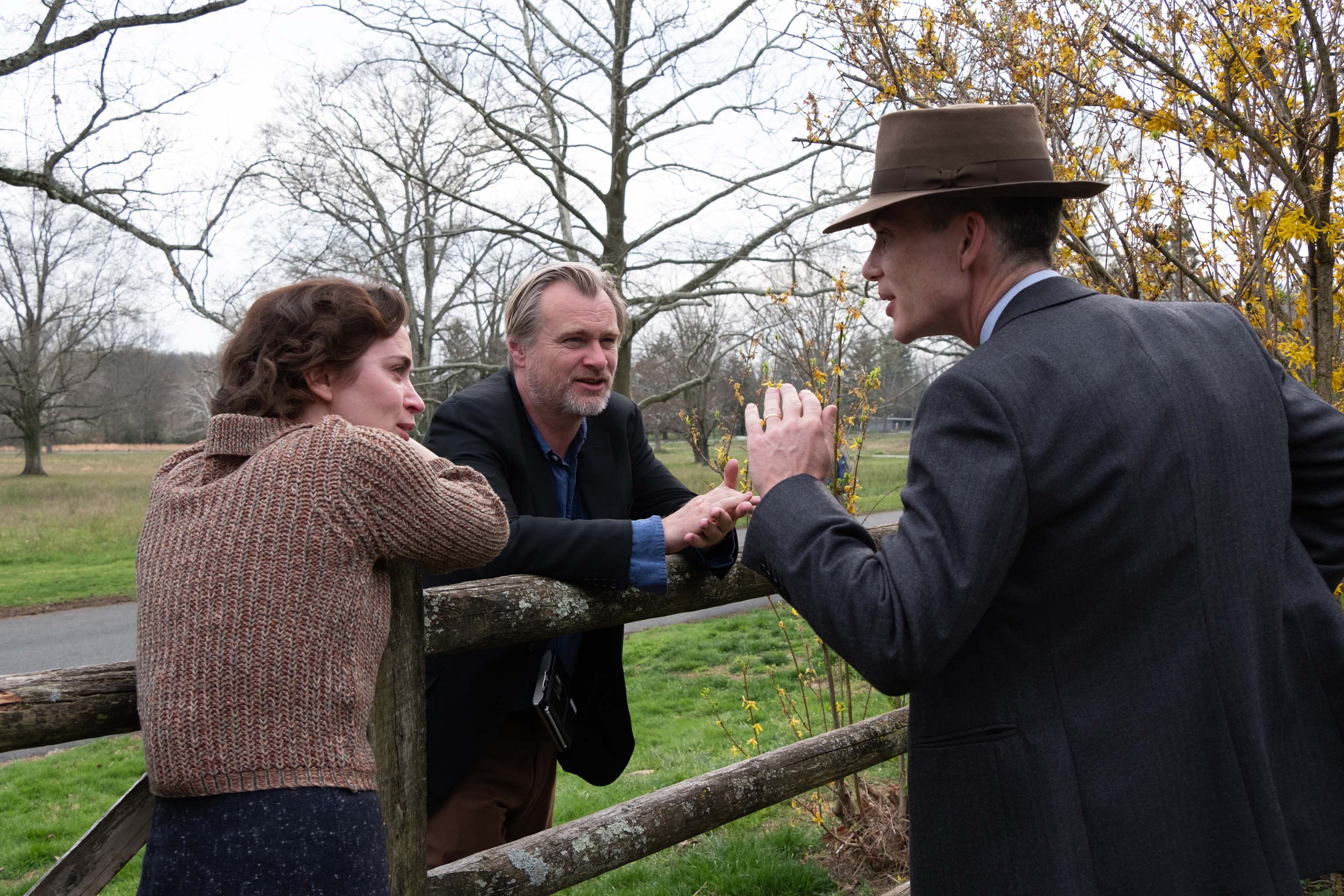
Are there any challenges in doing costume design for a historical figure compared to a fictional character?
The challenge [for both] is always to work with the actor and make sure everything is what the actor needs. It doesn't matter if it takes place now or in 1920. There are a lot of things to consider, like who the actor is, what the silhouette is, which fabrication we're using, and what is my objective that's needed to be accomplished. In the case of Oppenheimer, I clearly wanted to accomplish a very mythic and iconic man. He had a very specific silhouette and style that defined him.
What were your early conversations with Christopher Nolan like when discussing the wardrobe for the film?
One of the things that were very important to Chris was the perspective the story follows, so subsequently, the only person he wanted wearing a hat was Oppenheimer. There were no other hats in the film with the exception of Albert Einstein, and that is because of the first-person point of view. There is a merging of time and decades [throughout the film], so he was hoping that we'd find a way to be truthful but also be a bit abstract.
Most importantly, we spoke of Oppenheimer's silhouette. We noticed first that his style never changed throughout each time period, which was surprising.
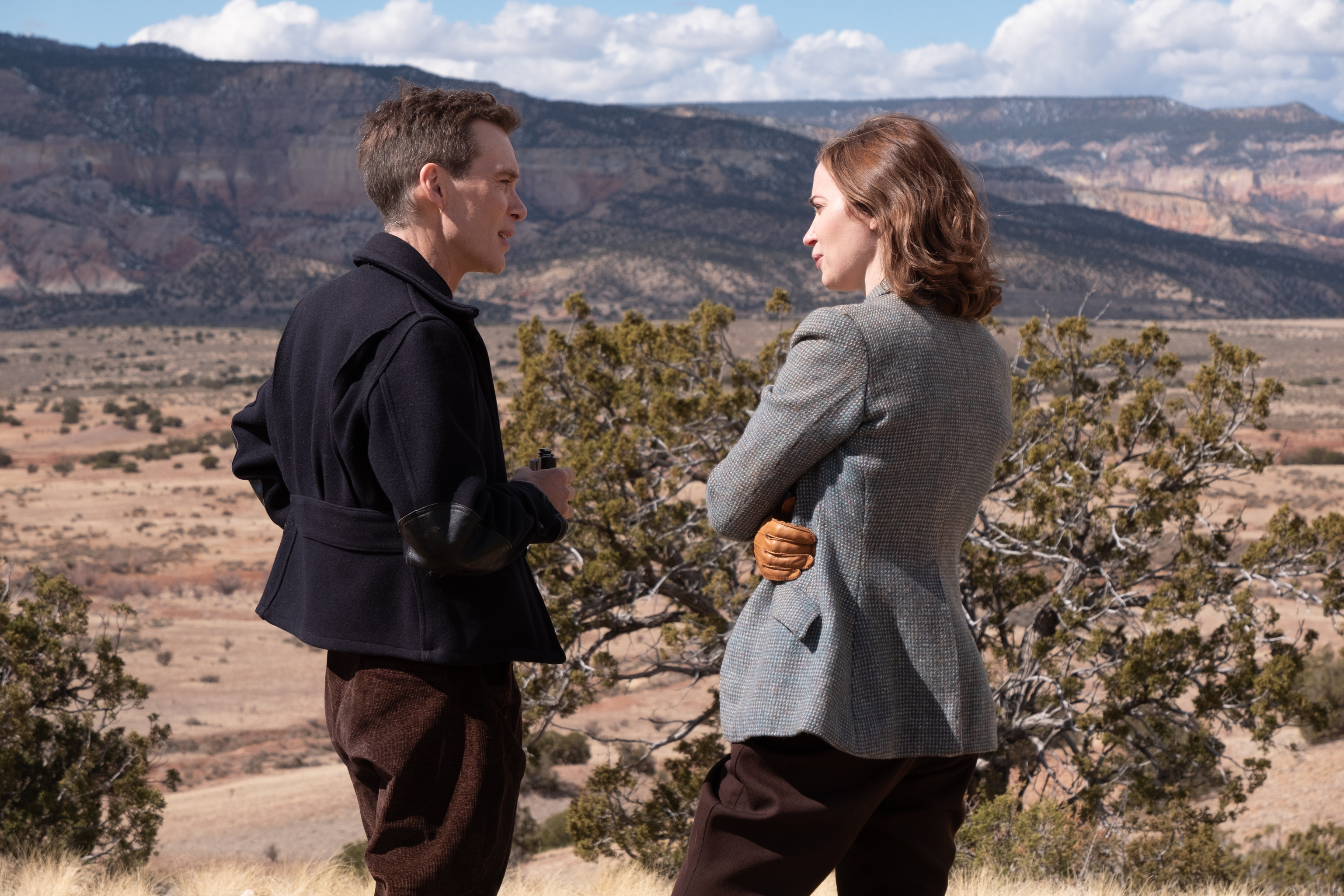
How involved was Cillian Murphy in creating the look for Oppenheimer?
Cillian was an amazing actor to work with. You can't have an actor become a character without a lot of involvement. It just doesn't work. He's very involved. His body is involved—Cillian Murphy has to become Robert Oppenheimer.
Despite Murphy having a smaller frame in this film, his outfits give him this powerful presence that can't be denied. How did you go about creating that expression in his looks?
We paid close attention to working together and making sure the pants fit a particular way—that they were full but not excessive to the point of clownish and sit perfectly at the waist—and that the jacket is a bit bigger but enough for his thin frame to carry it all. And that hat. You can't think of Robert Oppenheimer without the hat. It's one and the same. In doing this, it is not a question of copying as much really working together to determine the proportion.
[In the scene] when he's looking out the window in Los Alamos and picks up the hat and pipe, it's as if that man is about to become mythic. He's 100% empowered, and he is the fullness of Robert Oppenheimer as he builds his town and becomes a man that changes the world. As Chris has said, with all his pure intentions, little did he know at that time there will be consequences to all of it, which is what we wanted to present during that period of time. It's quite a bold image that'll remain in our heads.
This is not a man who never actually knew what his presence was. He was always very well aware of his presence. Once he starts in Berkeley in the '30s, he is 100% on it. He is empowered. He wears things in a way. We chose only to wear blue shirts and tones of blue and gray in the suiting in urban environments. When he gets to New Mexico, he wears two entirely different colors with more of a work fabric and whipcord suiting that is very sympathetic to the land. The only time he wears the lighter of the two colors [in New Mexico] is when he's in the desert for the Trinity test. I think that one bleeds into the other, and it's somewhat like painting a portrait of this man and creating his character.
Suiting was an obvious focus in this film, and suits can have a misconstrued reputation for "looking the same." Do you typically enjoy creating costumes surrounding suiting, and how do you draw attention to the details?
I've used suiting throughout my entire career. A suit is never just a suit to me. Anybody who thinks it is is just silly. It is the clothing that one wears that becomes a part of their identity. It's about the cut of a suit—what fabrics you choose, what colors you choose, what the shape is, and how you define a man's body or a woman's body for that matter. The shape of the trousers [and] jacket, the size of the lapel, and the hand-tailored details are all part of what goes into thinking about suiting and thinking about the man or the woman who will be wearing it.
It's a very beautiful type of clothing or costume that really sculpts the body, and I think it's a wonderful way in which you approach how a person will feel in the piece and how that person is going to walk and present himself.
There are so many subliminal ways in which you interpret clothing and how we use clothing to identify the character and the person that is inhabiting that piece. Once you point it out to figure it out, they never forget it. It's our responsibility to help people understand who they're interacting with, on-screen and off.
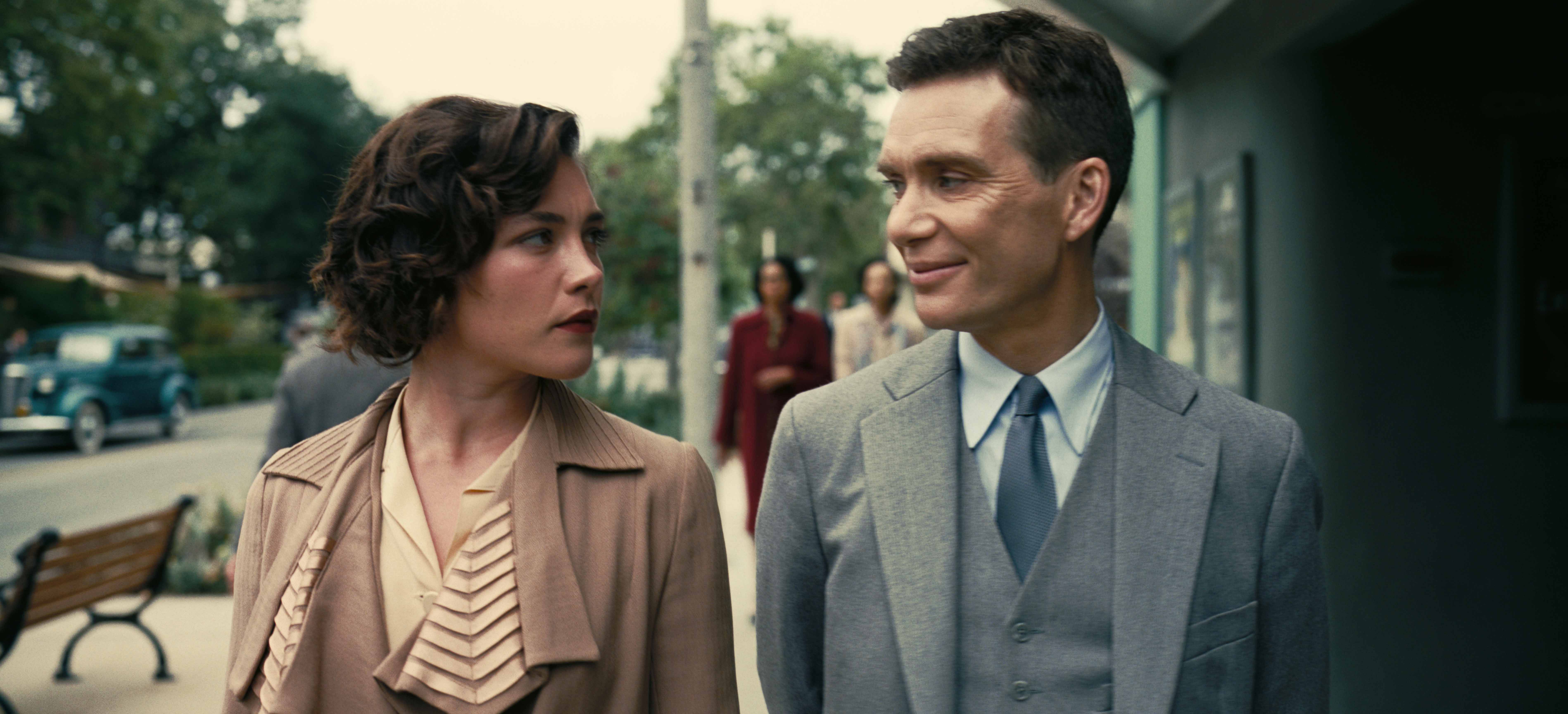
The majority of the characters in this film are men, but Florence Pugh and Emily Blunt play defining characters in Oppenheimer's life. What was your process like creating costumes for them?
The same approach is taken with Emily and Florence as it was with Cillian and the rest of the men. With Emily, it was really important that we present her in a very alluring but sophisticated way. As she progresses through time, her ambitions for herself are transferred to Oppenheimer. There are things she's not very happy with, and it was very important that we create costumes that never appear to be costume-like and that they are pieces and elements that are never seen in a way that they are perfect little outfits. She has a little bit more of a Western approach. She has a non-self-conscious way about her. We put pieces together that indicated she came from a well-bred life. She later moved into being a homemaker that wasn't very happy. It was in that [phase] where we needed to show a progression.
With Florence, there was not very much research and imagery we could find on Jean Tatlock. We knew which scene she had to play, and we tried to have a little bit of a sexier approach to her so that she could have that ability to move in more sensuous fabrics in the scenes she's in, [whether] it's knitwear or velvet. The costumes were cut in a way that would emphasize her body and her body movements. Emily (Kitty) possessed his ambition, and Florence (Jean) was his passion.
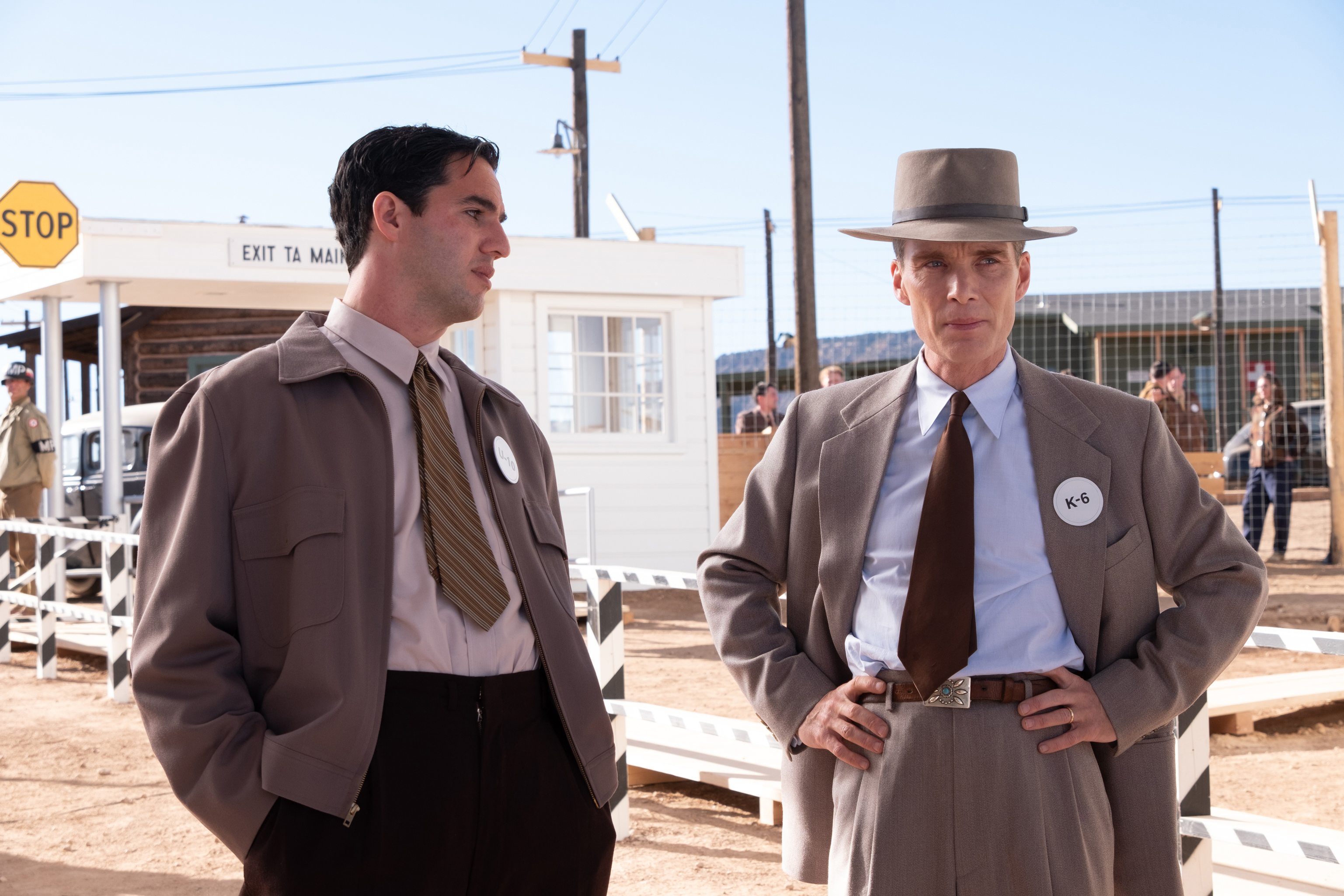
How much of the clothes were sourced from vintage and prop houses vs. designed for the film?
I would say it was half and half. All of the principal characters were made—designed and created. I don't use brands. All of Cillian's and Robert's clothes were made. The rest of the clothes were sourced from costume houses, vintage, and wherever we could find them.
Everyone is talking about the ensemble that this cast is, especially the group of scientists working on the Manhattan Project. How was working with and styling such a large group of people that presented one image?
Because it's all based on real people, there was a lot of research that we went into on each and every character. As each actor walked into the room, their costumes spoke to them, to be honest. [We would make the choices] of the colors and fabrications, and then we'd look at the elements of each character to find little specific things. But there is one very specific photograph taken at Berkeley of all the scientists at the time that, if you saw all of these scientists together with Oppenheimer, they all look as if they're one. We were after that.
When each actor walks in, you then paint the picture as you're working with them—what type of collar one person [has] vs. another, if there is a pin in the collar, the type of tie will that character wear and the color of it, and if there is a sweater-vest or a three-piece suit. [We question] if he ever gets more casual or if he wears a suit jacket or a sports jacket in Los Alamos. All of those things come into play and go into creating each different character and what that actor feels comfortable with and what seems right for them.
After interning atBest Knockoff Luxury Clothing in 2019, Yusra Siddiqui found her way to the team after graduating with a fashion media degree. She's also spent time writing and working for publications such as Fashionista, Coveteur, Nylon, and Allure. When she's on the job, she's perusing runway shows, analyzing Wholesale Replica Bag social media trends, and diving deep into all things Gen Z-related.